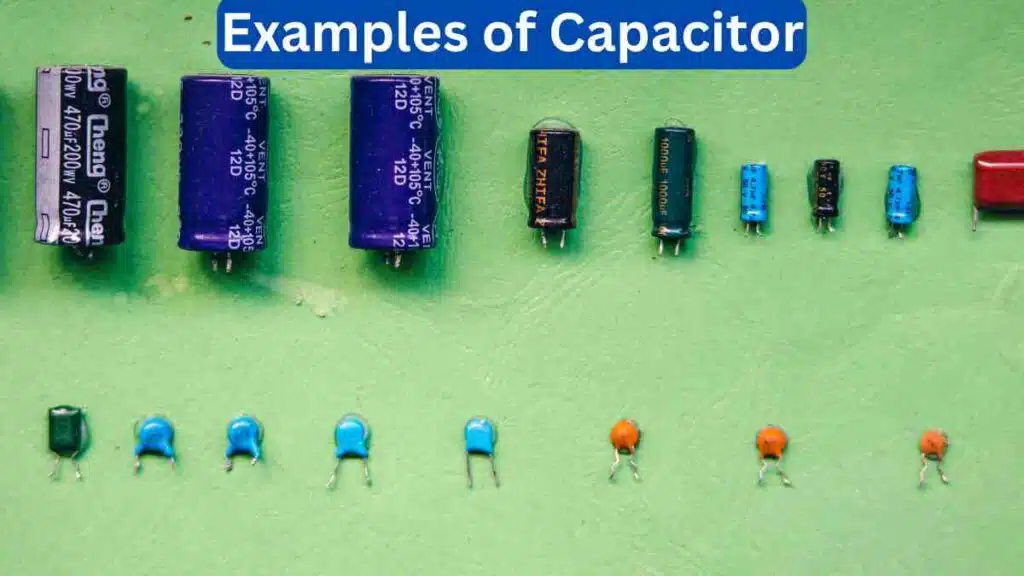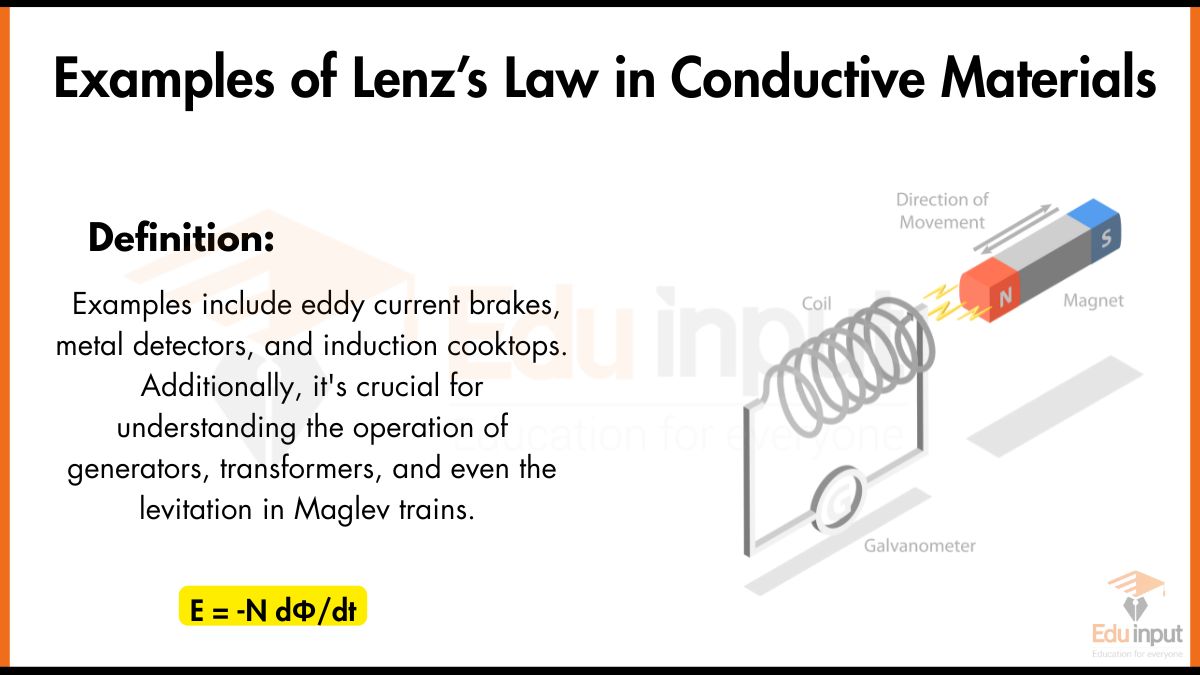10 Examples of Capacitor
Capacitors are electronic components that store and release electrical energy. They have a wide range of applications in electronics and electrical systems. Timing capacitors and motor starter capacitors are common examples of capacitors.
Examples of Capacitor
Here are ten examples of capacitors.

1. Power Supply Filtering Capacitor
In power supplies, capacitors are used to smooth out voltage fluctuations and reduce ripple by storing and releasing electrical energy, ensuring a stable DC output voltage.
2. Timing Capacitor
Capacitors in timing circuits control the time intervals for various operations, such as in 555 timer IC circuits used in pulse generation and oscillators.
3. Motor Start Capacitor
In electric motors, start capacitors provide the initial boost of power needed to overcome inertia and start the motor spinning.
4. Motor Run Capacitor
Run capacitors are used to maintain the motor’s efficiency and power factor during its operation.
5. AC Coupling Capacitor
In audio and amplifier circuits, AC coupling capacitors block DC voltage while allowing AC signals to pass, removing any offset.
6. Tuning Capacitor
In radio receivers, tuning capacitors are used to select different radio frequencies by changing the capacitance in the circuit.
7. Decoupling Capacitor
Decoupling capacitors are placed near integrated circuits to stabilize voltage and reduce noise, ensuring proper operation of the ICs.
8. Filtering Capacitor
Capacitors are used in various filter circuits, such as low-pass and high-pass filters, to pass or block specific frequency components of a signal.
9. Audio Crossover Capacitor
In speaker crossovers, capacitors are used to direct specific frequency ranges to different speakers in a speaker system.
10. Energy Storage Capacitor (Super Capacitor)
Supercapacitors have a high energy density and can store electrical energy for short-term backup power, regenerative braking in vehicles, and rapid energy discharge applications.
These examples demonstrate the versatility of capacitors in electrical and electronic circuits, where they serve critical roles in energy storage, signal conditioning, and circuit operation.







Leave a Reply